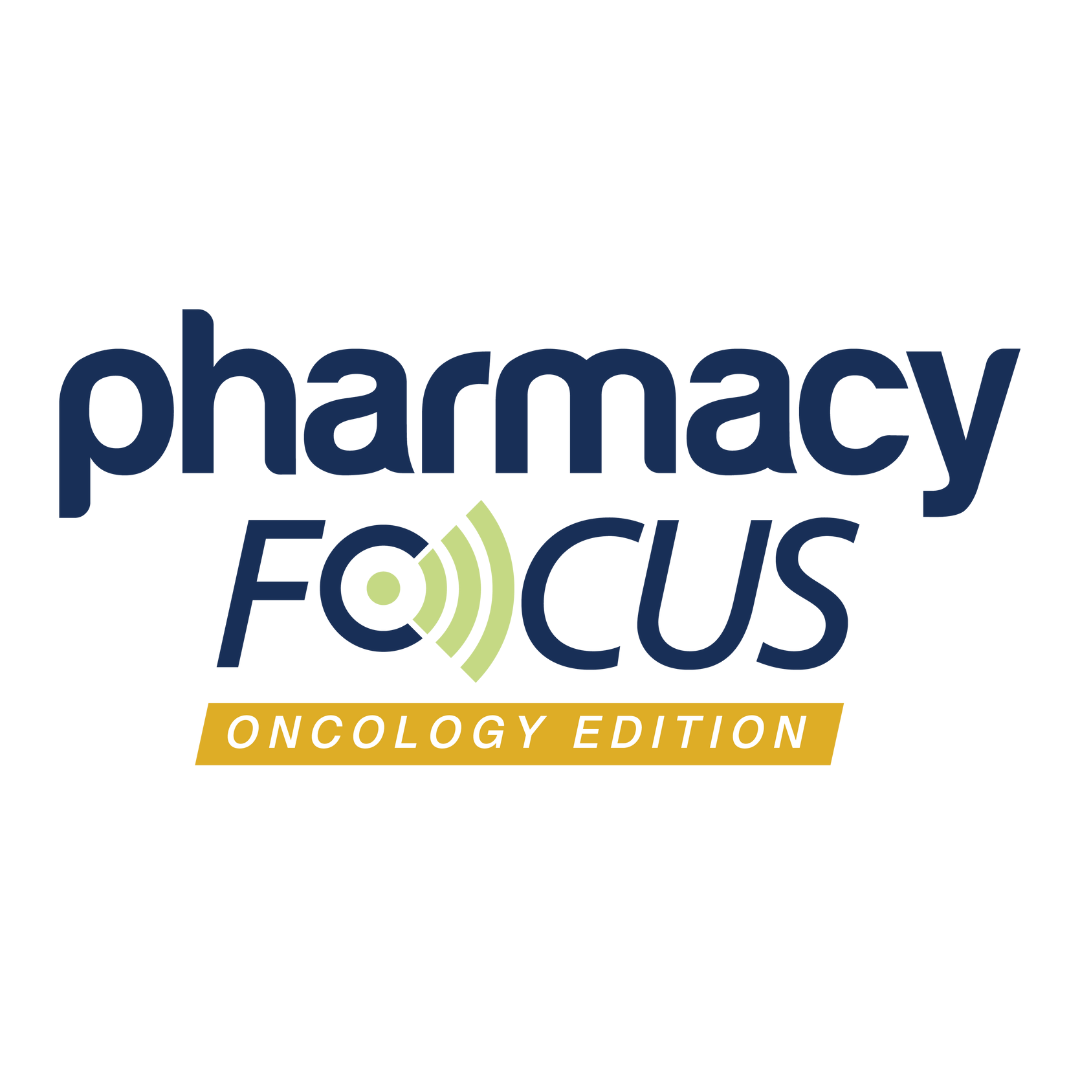Article
Ending Financial Toxicity of Heart Disease
Author(s):
How pharmacy teams can remove cost barriers to cardiac care.
Heart disease is the leading cause of death in the United States, claiming nearly 700,000 lives every year. Cardiovascular disease (CVD) is not only potentially fatal, but also costly.
Credit: lovelyday12 - stock.adobe.com

According to the latest data from the American Heart Association, CVD led to more than $226 billion in direct costs and almost $152 billion in lost productivity and mortality between 2017 and 2018. During the same period, CVD accounted for 12% of total US health expenditures, more than any other diagnostic group.
Fortunately, new legislation could help many CVD patients afford existing treatments. The recently passed Inflation Reduction Act will cap out-of-pocket prescription drug costs for Medicare Part D beneficiaries at $2000 per year. This includes medications that help prevent blood clots, lower blood pressure and cholesterol, and otherwise promote heart health.
Harvard researchers estimated that the spending cap will benefit more than 1 million Medicare beneficiaries with cardiovascular risk factors or conditions, saving them a combined $1.7 billion annually. However, the provision does not take effect until 2025, meaning seniors won’t find immediate relief. What’s more, research indicates rising rates of CVD among young adults who also face affordability challenges.
In this climate, pharmacists, technicians, and other pharmacy professionals can play a vital role in ensuring heart patients have access to lifesaving—and affordable—care.
The High Price of Heart Disease
Financial toxicity is a common side effect of high-cost chronic conditions—and CVD is no exception. One study found that 1 in 10 low-income families bore “catastrophic medical expenses” for atherosclerotic CVD (ASCVD), even with health insurance.
Although medication adherence is critical to maintaining heart health—and preventing serious cardiac events down the line—patients in financial distress often skip, delay, or forgo treatment. In fact, 1 in 8 patients with ASCVD, representing nearly 2.2 million American adults, reported medication nonadherence due to cost.
The consequences affect both individual patients and the entire health system. Those who do not take their heart medications as prescribed will see their conditions worsen, requiring more serious and expensive medical interventions. Complications from poor disease control, medical escalation, and increased hospitalizations have been linked to greater health care costs for CVD patients and health care providers alike.
For pharmacies, affordability challenges often lead heart patients to abandon their prescriptions. For example, one study found that up to one-third of patients abandoned their cholesterol-lowering medication. Out-of-pocket costs were largely to blame, as fewer than 10% of patients with a $0 co-pay failed to pick up their prescription, compared to a staggering 75% of patients with a co-pay greater than $375.
Supporting Heart Patients, Reducing Abandonment
Pharmacy professionals have long played an important role in ensuring patients have the means to afford treatment. When it comes to managing the costs of heart disease, pharmacists, pharmacy technicians, and other staff can support patients by:
Leading with Communication and Compassion
Proactively discussing patients’ cost concerns can make a tremendous difference. These conversations should take place as early as possible—before a patient’s prescription is filled and they discover they have a co-pay they cannot afford.
Educating Patients About Lower Cost Options
Many common heart conditions have generic medications available; however, patients may not be aware of their choices and may not know to ask. Pharmacy teams can take the lead by steering patients toward more affordable options.
Exploring Financial Assistance
Some heart conditions require expensive specialty medications. In these cases, pharmacy teams should seek out patient financial assistance. If a patient has commercial insurance, pharmacy staff can help them enroll in drug manufacturer co-pay assistance. For patients with government insurance, pharmacists and technicians should explore disease-specific charitable funds—though such funding for heart disease is limited due to the wide availability of generics. For uninsured and qualifying insured patients, manufacturers’ free and replacement drug programs offer medications at no cost.
Leveraging Financial Navigation Technology
For many pharmacies, the process of matching patients with financial assistance is often manual, cumbersome, and reactive. This takes time away from patient care and leads to lost opportunities to maximize available assistance. Fortunately, technology solutions can streamline the process by proactively flagging at-risk patients, creating a comprehensive list of funding opportunities, and automating enrollment. These platforms can also help health-system specialty pharmacies manage free and replacement drug orders, enabling staff to track relevant details in one centralized space.
Improving Affordability of Heart Health
The financial impact of heart disease can have severe consequences for patients, pharmacies, and the entire health system. Pharmacy teams are uniquely positioned to guide patients toward affordable treatment options and vital financial resources. With a proactive, technology-supported approach, they can help more patients access and stay on therapies as prescribed. Their invaluable services will ease the cost burden of CVD—and boost patients’ chances of living longer, healthier lives.
About the Author
Ian Manners is chief strategy officer and head of Life Sciences at TailorMed.
Newsletter
Stay informed on drug updates, treatment guidelines, and pharmacy practice trends—subscribe to Pharmacy Times for weekly clinical insights.






